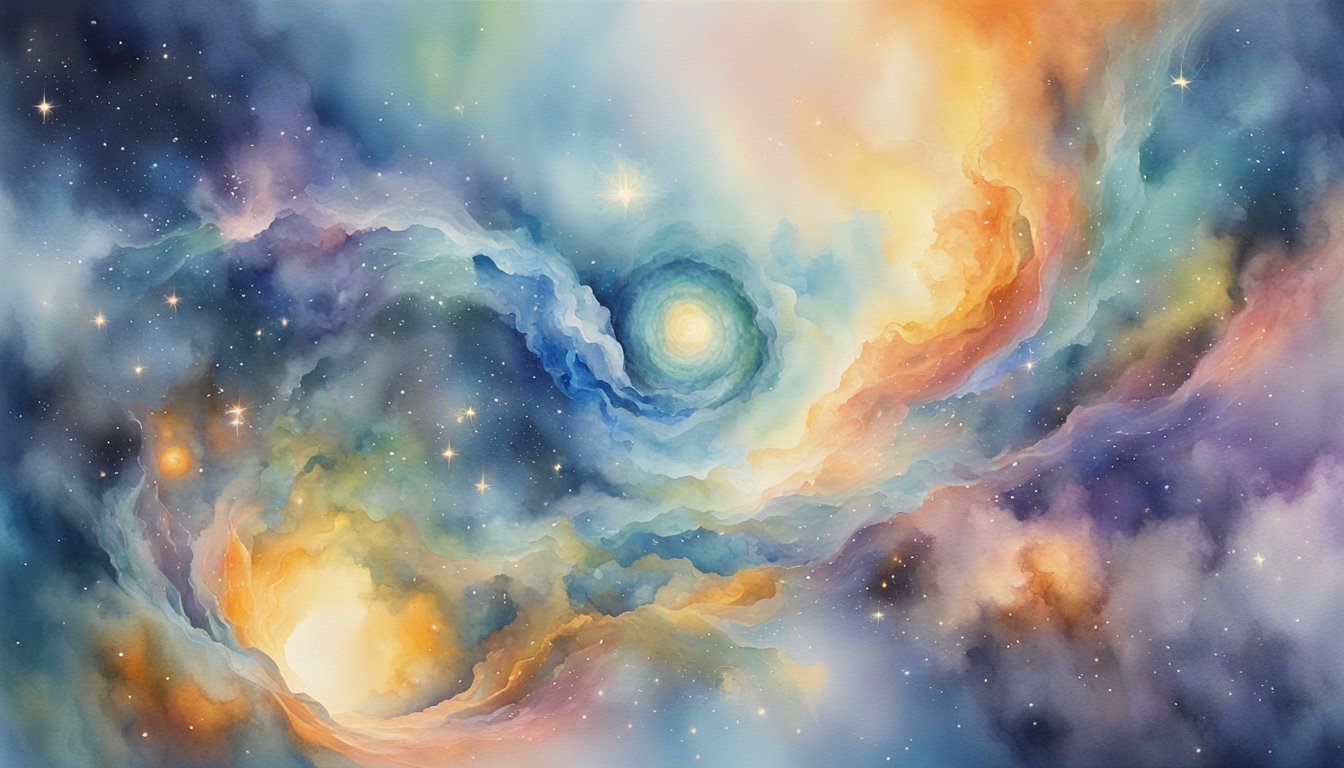Understanding the Universe
The Big Bang and Early Development
The universe, as we understand it today, began with an event called the Big Bang. Roughly 13.8 billion years ago, the universe was an incredibly hot, dense, and small point in space. Suddenly, it started expanding rapidly and cooling down, leading to the formation of atoms such as hydrogen and helium. This period, called nucleosynthesis, lasted only a few minutes but had a profound impact on the early universe.
Shortly after, the cosmic microwave background (CMB) radiation was formed. The CMB is the oldest light in the universe, and its discovery offered strong support for the Big Bang theory. The early universe also experienced a period of inflation, during which it expanded much faster than the speed of light, shaping the large-scale structure of the universe.
Expansion and Large-Scale Structure
The expansion of the universe is still ongoing, and the rate of expansion is accelerating due to the influence of dark energy. The observable universe’s radius is roughly 46.5 billion light-years, and its large-scale structure consists of galaxy clusters, galaxies, stars, and planets.
During the reionization epoch, the first generation of stars and galaxies formed, and the cosmic “dark ages” ended. The shape and size of the universe are determined by its geometry and cosmology, which are influenced by factors such as energy density, dark matter, and dark energy.
Matter and Energy
The universe is comprised of various forms of matter and energy. Ordinary matter, including atoms, stars, and galaxies, only makes up about 5% of the total mass-energy content of the universe. The majority is comprised of dark matter (26%) and dark energy (69%), both mysterious substances that have yet to be directly detected.
During the early universe, cosmic inflation, primordial soup, and the fundamental forces played a crucial role in shaping the universe’s development. Understanding how these forces have shaped our universe is an essential task for modern cosmology. The interplay between relativity and quantum gravity also features prominently in understanding the early universe’s dynamics.
In summary, the universe is full of fascinating, interconnected phenomena, which scientists continue to study and explore. As our knowledge of the cosmos deepens, we gain a greater appreciation for its complexity and the underlying principles that govern its evolution.
Cosmic Entities and Discoveries

Stars and Galaxies
The universe contains a vast array of celestial objects, from galaxies and stars to planets and subatomic particles. Galaxies like our own Milky Way consist of billions of stars, gas, dust, and matter. Within galaxies, stars are formed through the process of nuclear fusion, where atomic nuclei (made of protons and neutrons) combine to form elements like helium and lithium. The immense gravitational pull of stars can lead to the formation of black holes at the end of their life cycle.
Astronomical Contributions and Findings
Throughout history, various cultures have observed the cosmos and contributed to our understanding of the universe. Ancient Greeks like Aristarchus of Samos and Ptolemy helped create early models of the solar system and celestial sphere. More recent astronomers such as Edwin Hubble contributed to our understanding of the expanding universe.
Modern-day telescopes like the Hubble Space Telescope have allowed scientists to observe distant galaxies, leading to incredible discoveries such as the Sloan Great Wall, a giant wall of galaxies that dwarfs everything in the cosmos.
Current Theories and Future Prospects
Scientists and cosmologists continue to study the universe with ever-improving precision and advanced mathematics. Our understanding of the universe has led to the development of theories such as Einstein’s General Relativity and the concept of dark matter, which is believed to shape the distribution of galaxy clusters and filaments in the universe.
Future prospects in astronomy and cosmology include the exploration of expanding knowledge of celestial objects and the development of new technologies to observe the universe. This ongoing quest for understanding will undoubtedly lead to new theories, discoveries, and a deeper appreciation of our place in the cosmos.

